
Half-Life 2: Episode One
Publisher: Valve SoftwareHalf-Life 2: Episode One is the first in a series of episodes that extends the Half-Life 2 story far beyond where the original left off. Valve has implemented its HDR rendering and used it to great effect in Half-Life 2: Episode One. There are also new higher-resolution textures, new facial animations and some AI improvements made in the new game too.
Anti-aliasing and anisotropic filtering were controlled from inside the game, and thus the drivers were left set to "Application Controlled". There are three options for the method of HDR used in this title. You can either disable HDR completely, make use of "Bloom" which is just what it says and less resource hungry in comparison to "Full" which, again is just what it says. It utilises a full dynamic range with the iris effect too.
We did a five minute manual run through from the Exit 17 level. It involves lots of HDR, lots of explosions and both indoor and outdoor scenes. The section we have used is typical of some of the more stressful areas in the game. Thankfully though, the game runs superbly on a wide range of hardware, while still looking absolutely stunning.
________________________________________________________________________________
24" widescreen gaming:
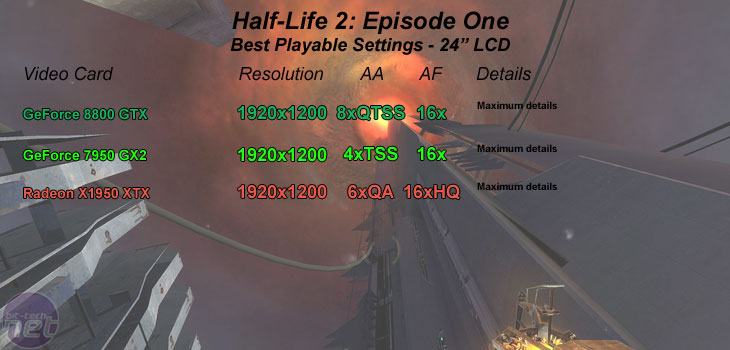

One thing we did notice during our testing though was that the image quality on GeForce 8800 GTX was different to the other cards. We spoke to NVIDIA about the quality differences we were seeing and we were told that GeForce 8800 GTX renders very close to the reference rasteriser, providing us with screen shots to prove the statement too.
________________________________________________________________________________
30" widescreen gaming:
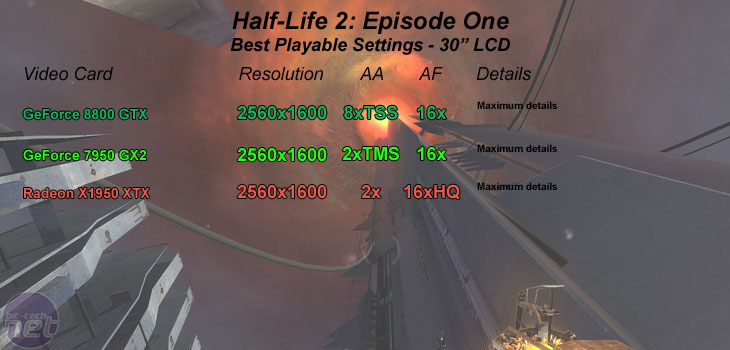

All three cards were able to maintain a degree of AA along with the maximum in-game detail settings. Having said that though, the GeForce 8800 GTX was by far the best performer, managing to achieve smooth gameplay with 8x transparency super-sampled anti-aliasing enabled, while both GeForce 7950 GX2 and Radeon X1950 XTX were only capable of 2xAA.

MSI MPG Velox 100R Chassis Review
October 14 2021 | 15:04

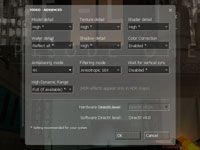
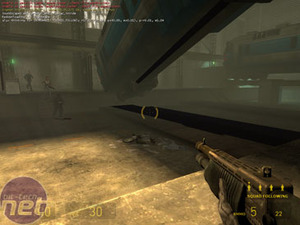
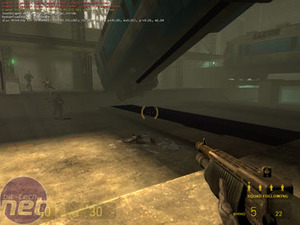








Want to comment? Please log in.